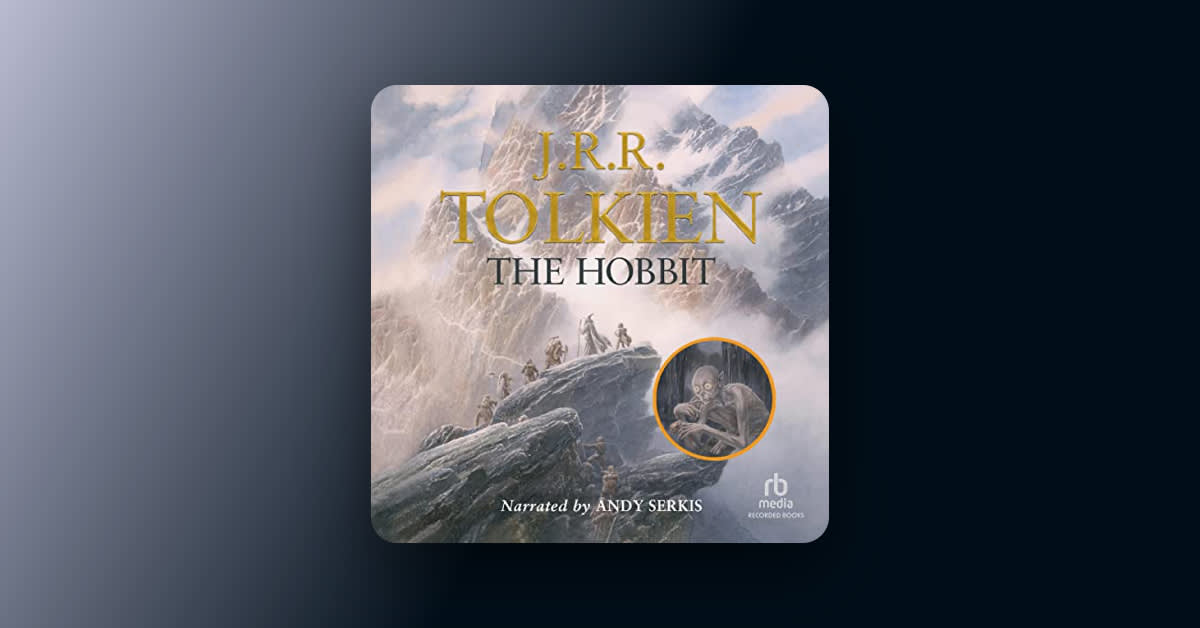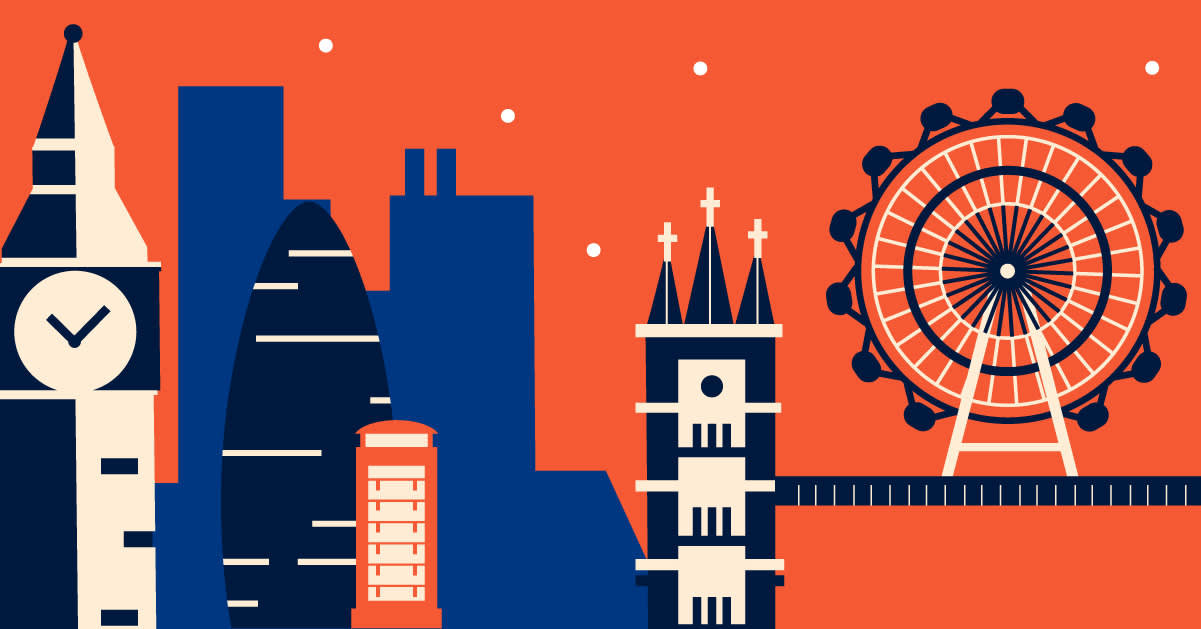You might know that fantasy giants J.R.R. Tolkien and C.S. Lewis were friends and contemporaries, but did you know they were part of a literary group of like-minded writers and scholars who met at Oxford University during the 1930s and 1940s? Read on to learn all about the Inklings and their continuing legacy.
Who were the Inklings?
The Inklings were a group of writers and scholars, mostly associated with Oxford University, who met each week to read and discuss each other's work through the 1930s and 1940s. The group was not an official literary society—they had no officers or elections, set rules, or formal meeting agendas. Instead, they were connected by their shared interest in narrative fiction and fantasy, philosophy, and Christianity. The members read aloud from their own unfinished work, offered each other critiques, and engaged in discussions about both their works-in-progress and writing and reading more broadly.
During the Inklings's heyday, monumental works such as Tolkien's The Lord of the Rings saga, C.S. Lewis's Out of the Silent Planet, and Charles Williams's All Hallows Eve were read aloud to members. Though the reading, sharing, and critiquing of unfinished work was the main objective, the Inklings also held jovial, rousing conversations and friendly competitions—such as who could read aloud from bad prose for the longest without giving in to laughter. The work of Irish writer Amanda McKittrick Ros often featured in these competitions.
How did the Inklings get their name?
The group's name was borrowed from a literary society established at Oxford in the early 1930s. This earlier group was made up of both students and dons, who met to discuss unfinished work. When that group's founder, Edward Tangye Lean, graduated from Oxford, the society dissolved. Tolkien and Lewis did not revive it but borrowed the Inklings as the name for their own informal literary gathering.
Where and when did the Inklings meet?
For most of the two decades during which the Inklings flourished, they met twice a week. On Thursday evenings, they gathered in C.S. Lewis's rooms at Magdalen College. On Tuesdays, they met at a local pub, The Eagle and Child, which was frequented by Oxford students and professors alike. Known informally as The Bird, the pub provided a public place for the Inklings to meet, often with friends who didn't always attend the Thursday meetings. The owner invited the Inklings to use his private parlor, providing them with some distance from the goings-on of the pub at large. The Eagle and Child is still best known for its association with Tolkien, Lewis, and the Inklings.








